This is a great first foray into curing because the process is simple, quick and rewarding. Thanks to the beets, the color on the outside of the salmon is a deep, bright fuchsia that adds cheer to your charcuterie board this summer.
Ingredients
Beetroot Cure:
- 7 & 1/2 teaspoons course rock salt
- 2 & 1/2 teaspoons golden caster sugar
- 1/3 cup fresh dill, Leaves chopped
- 3 tablespoons vodka
- 2 tablespoons horseradish, grated
- 2 beetroot, peeled and roughly chopped
- 1 orange, zest only
- 35oz side of Regal salmon
Crème Fraiche & Dill Sauce:
- crème fraiche
- 1 tablespoon lemon, zest
- 2 tablespoons fresh dill, finely chopped
To Serve:
- sourdough, Thinly sliced, toasted
- lemon, wedges
- Cornichons
- sea salt
- cracked pepper
Method
In a food processor, combine all beetroot cure ingredients, blitz until smooth.
Line a large baking tray with a sheet of plastic wrap and two sheets of baking paper. Place salmon on top and smear beetroot paste over Regal King salmon. Wrap sheets of baking paper and plastic wrap around salmon until completely contained. Use extra baking paper and plastic wrap if needed. Refrigerate for 2 - 3 days.
Once cured, carefully open up the parcel and brush the beetroot paste off of the King salmon. Use a sharp knife to carefully remove salmon skin.
In a small bowl, combine crème fraiche and dill sauce ingredients.
Thinly slice King salmon and serve on toasted sourdough with crème fraiche and dill sauce.
Enjoy!



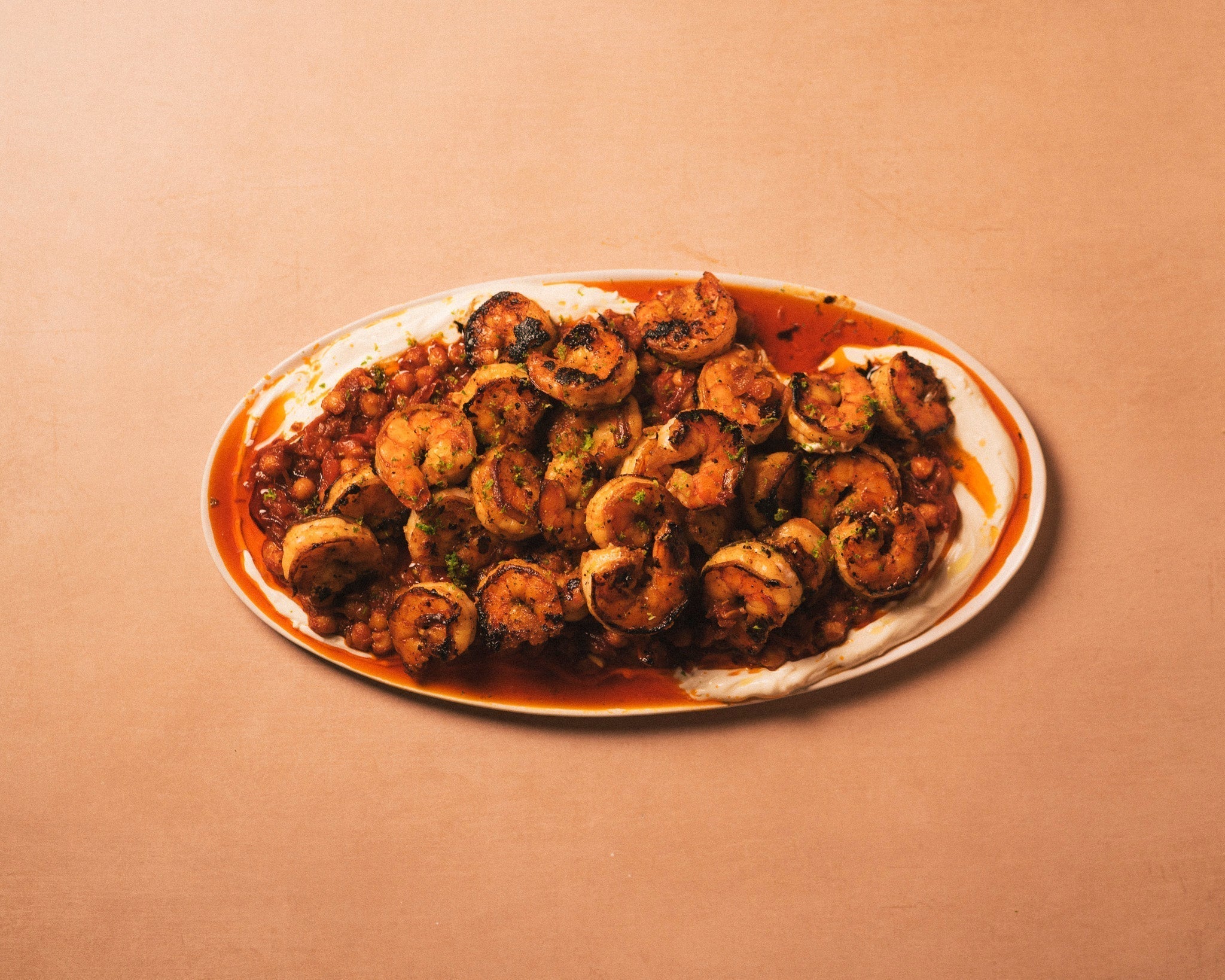
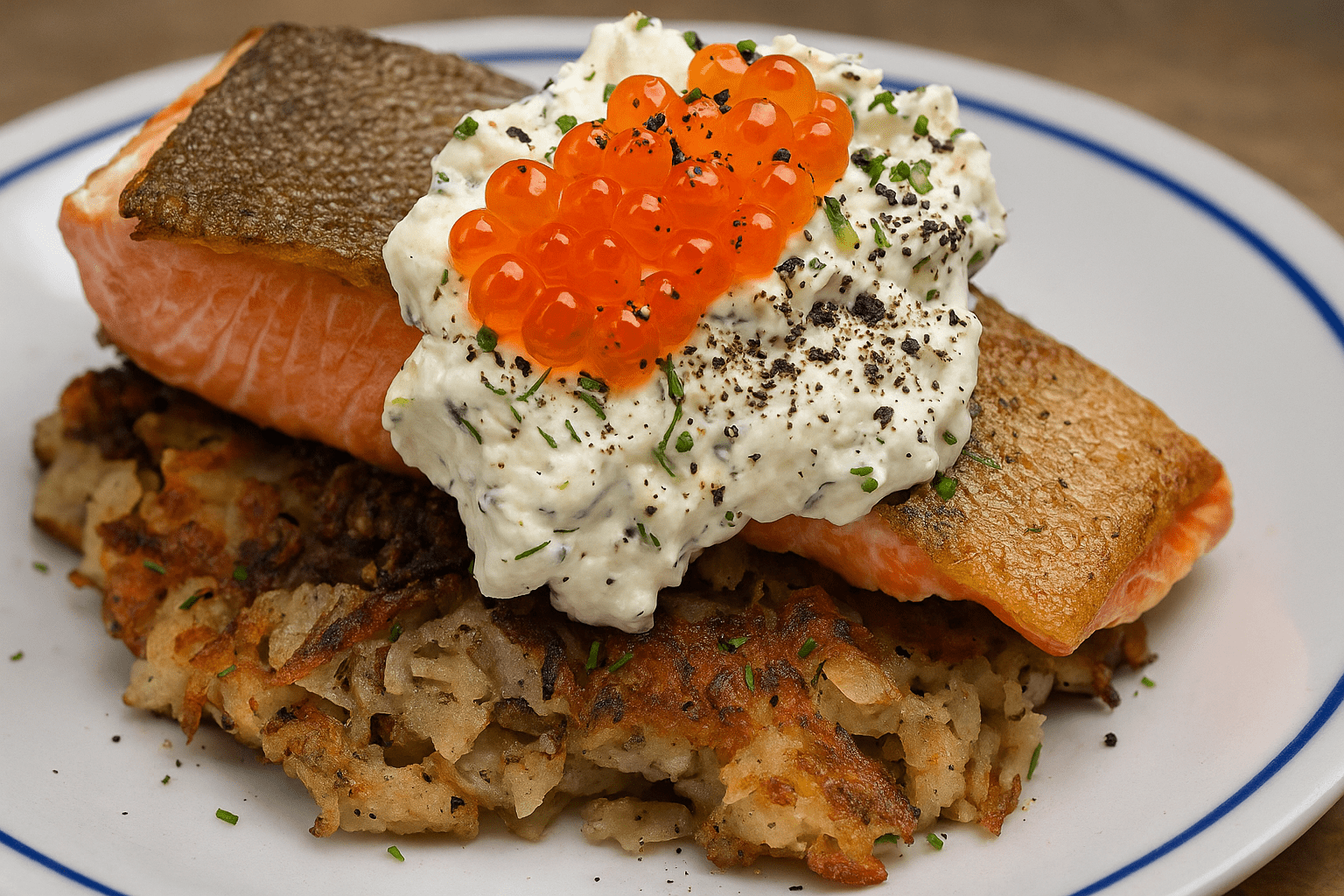
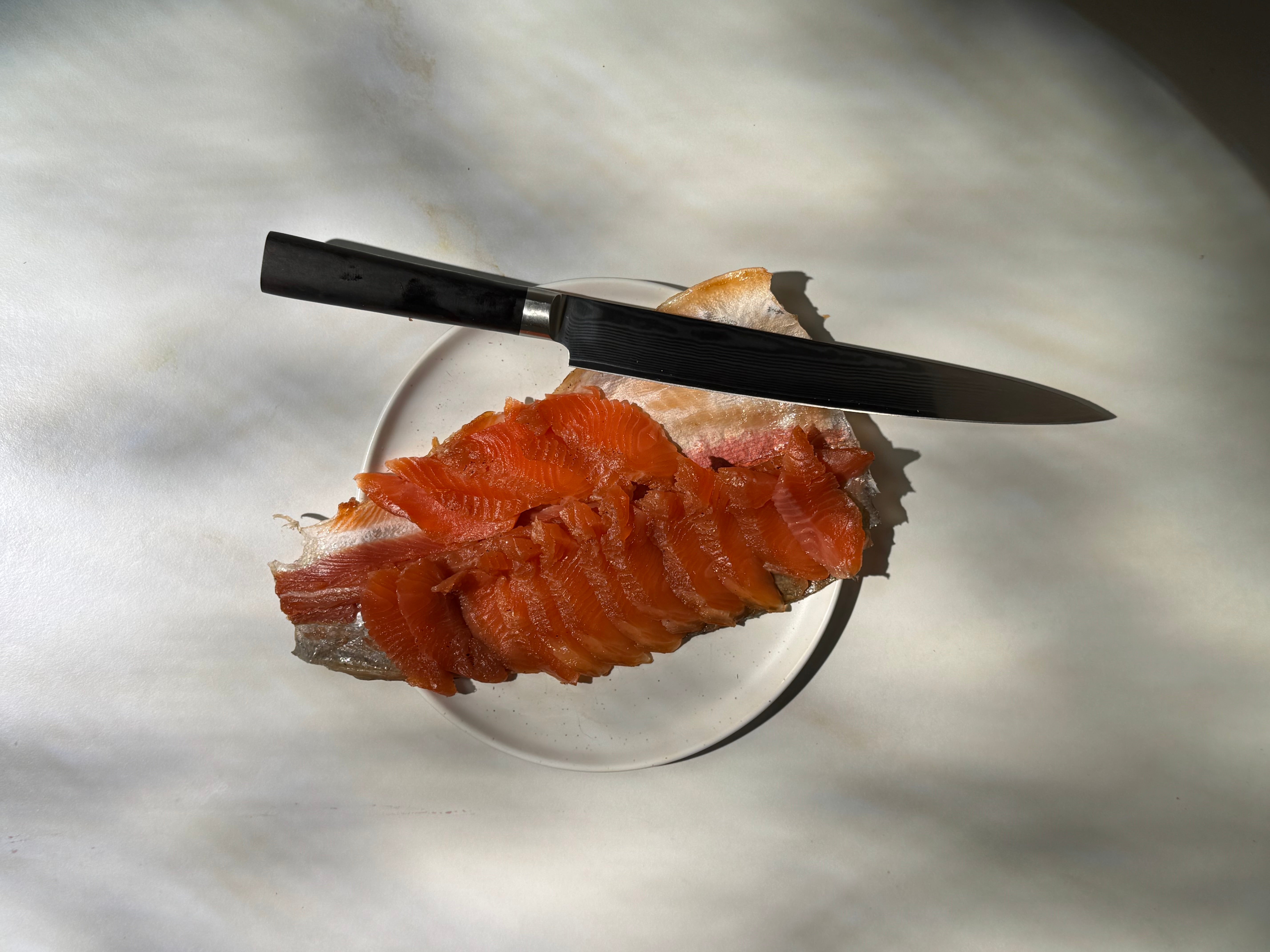
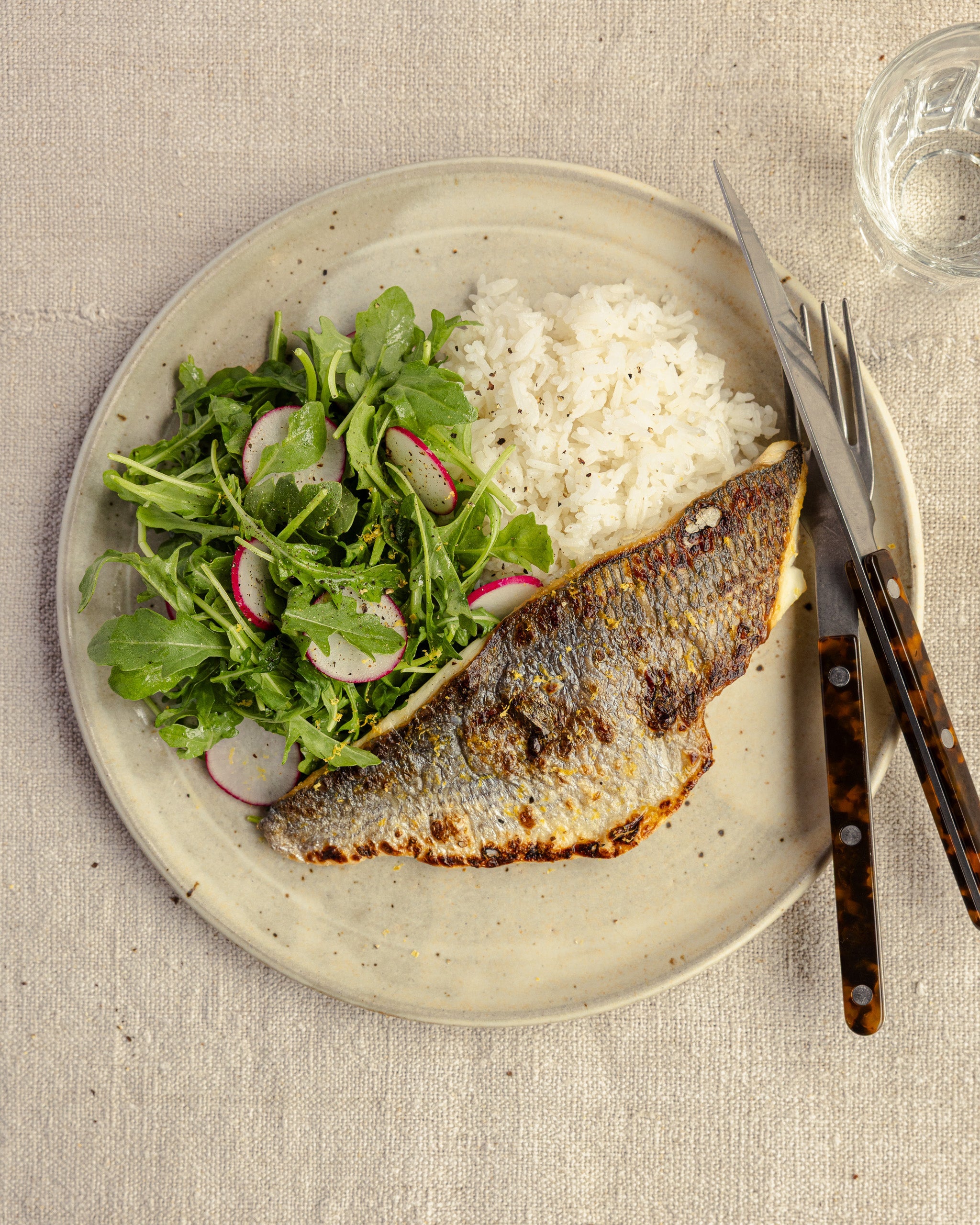
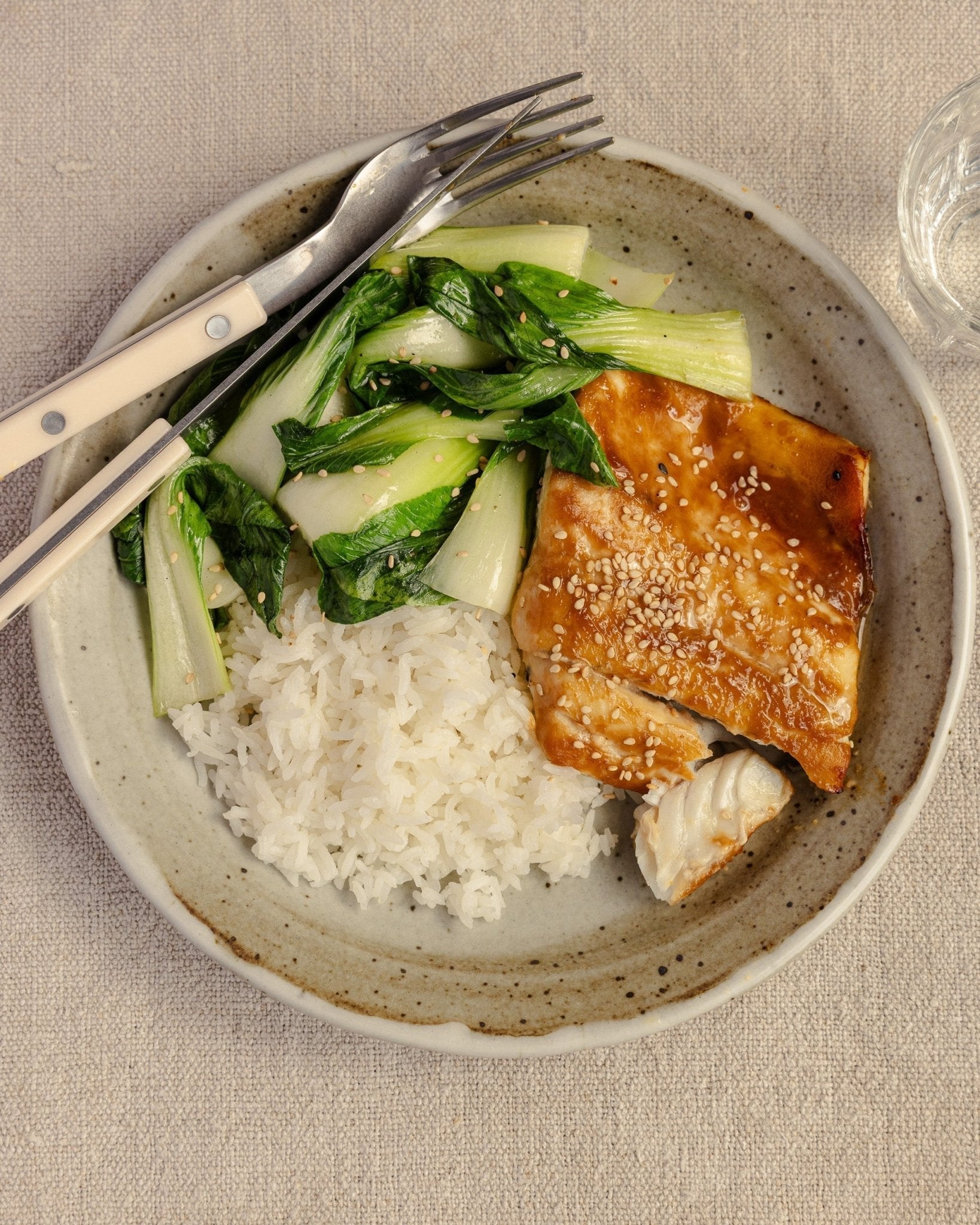
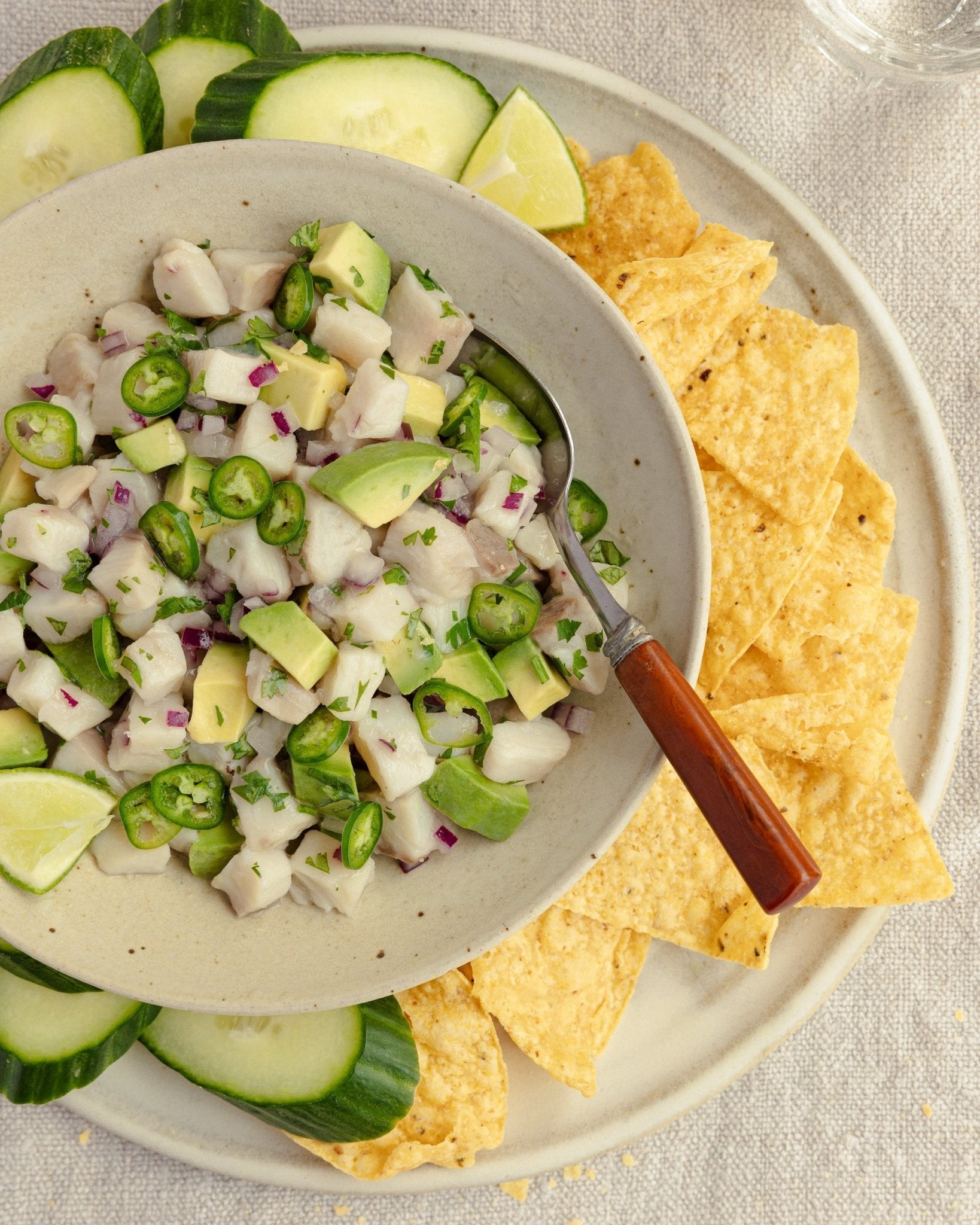
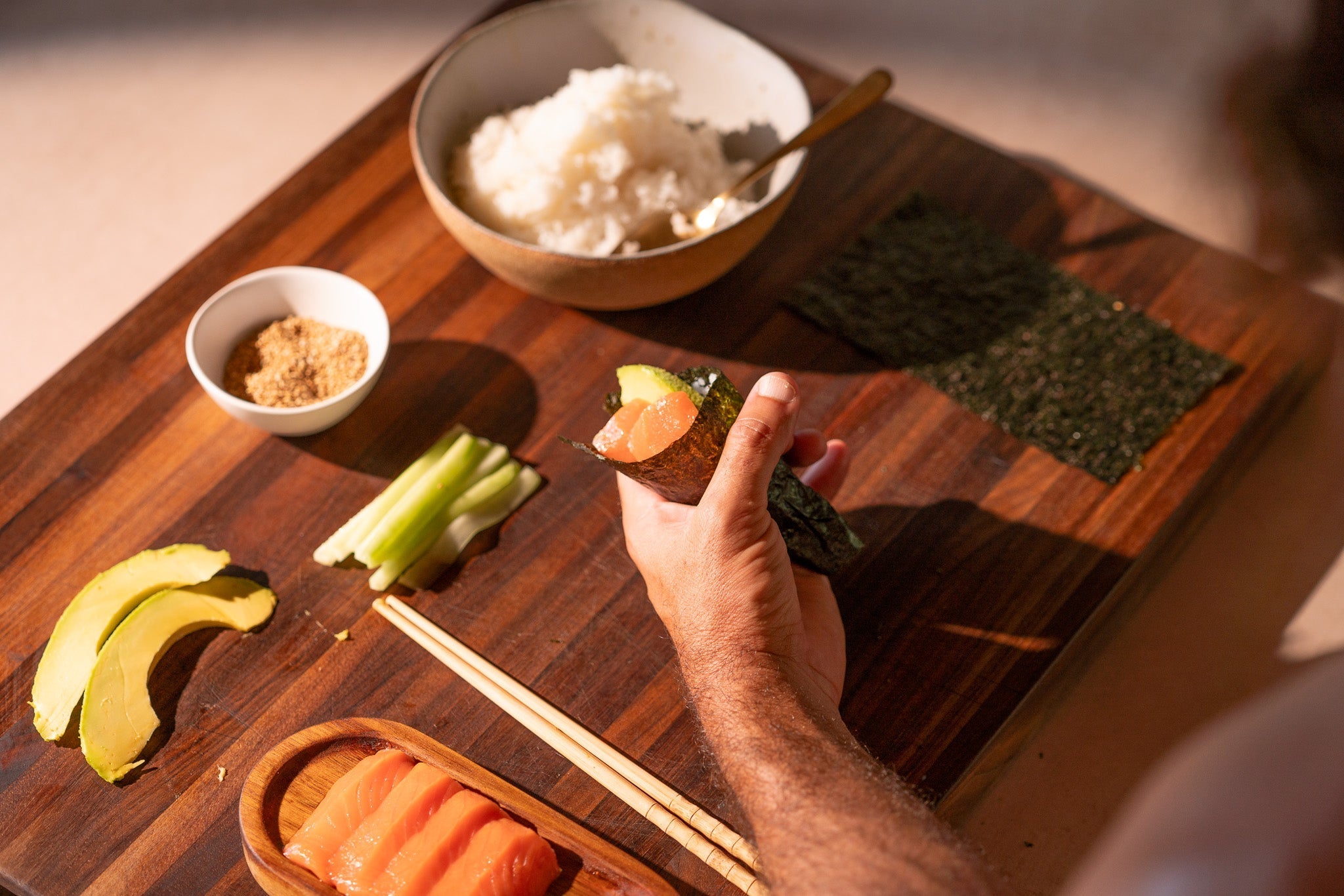
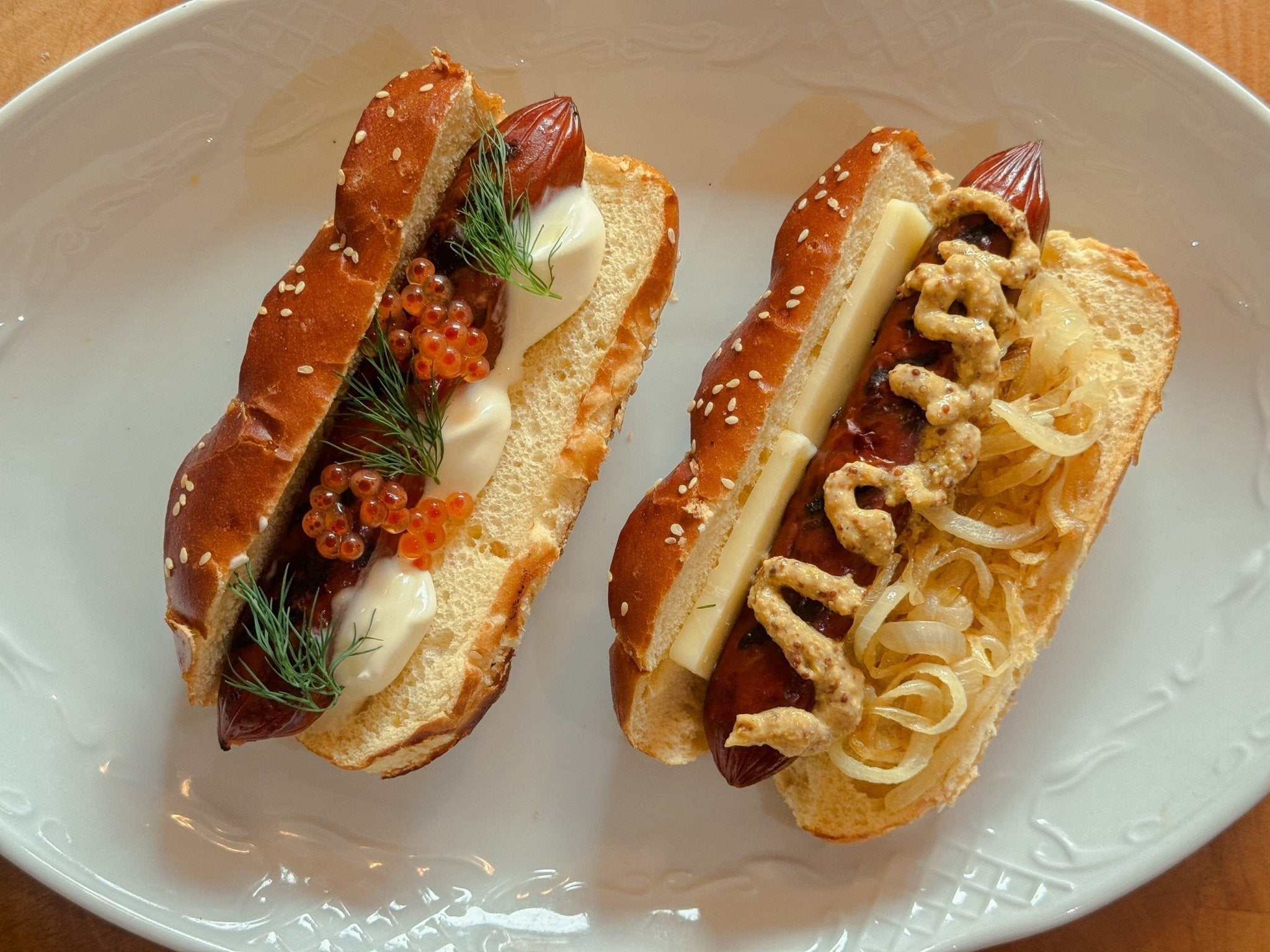
Share:
Barramundi with Light Cream and Tomato Sauce
Lox Salad with Everything Bagel Blend